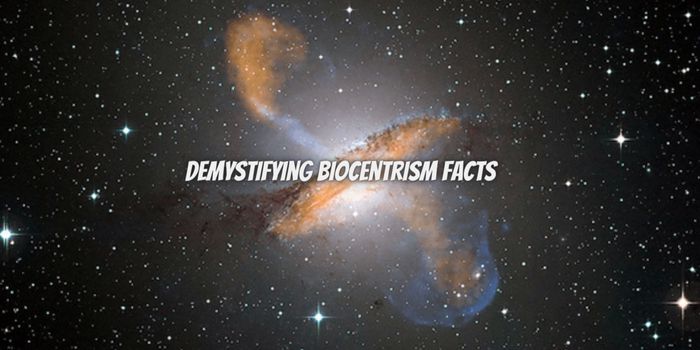HVAC (heating, ventilation, and air conditioning) systems, also referred to as heating and cooling systems, are created to control and regulate the temperature, humidity, and air quality throughout a building or other enclosed environment. To provide an inviting and healthy interior environment, they are frequently employed in residential, commercial, and industrial settings. Overall, heating and cooling systems play a critical role in ensuring that buildings are kept at a reasonable temperature and have the best possible air quality, which gives residents and workers a comfortable and healthy living and working environment. If you are unsure about the concepts and would like to understand them in detail, read on! Check out AM/PM Heating And Cooling if you want to have the right professionals by your side to keep your home comfortable.
Understanding Heating Systems
Heating systems are essential components of residential, commercial, and industrial buildings that provide warmth and comfort during colder months. They produce heat and disperse it around space to maintain a desired temperature. There are numerous heating system varieties, each with specific benefits and uses. Here are some of the most popular heating methods to consider:
- Furnaces: Furnaces are popular heating systems found in many homes. To generate heat, they either use fuel (such as natural gas, oil, or propane) or electricity. The heat is then provided to other rooms via radiators or vents after being spread via ductwork or pipes.
- Boilers: Boilers are heating units that use heat exchangers to heat water or steam, which is then distributed through pipes to radiators, baseboard heaters, and radiant floor heating systems. They can run on electricity, gas, or both.
- Heat Pumps: During the warmer months, heat pumps can function as cooling systems as well as energy-efficient heating systems. They use refrigerant to move the heat they have captured from the air, ground, or water inside.
- Electric Heating: Electric heating systems use electricity to generate heat. They can take the form of electric baseboard heaters, electric furnaces, or electric radiant floor systems.
- Radiant Heating: Radiant heating systems use heating elements that are installed inside walls, ceilings, or beneath floors. These components produce an inviting and even warmth by directly radiating heat to the furniture and occupants of the space.
Understanding Cooling Systems
The maintenance of ideal working conditions for machinery, equipment, and processes depends heavily on cooling systems, which are vital components in many different industries and applications. There are various cooling system types, each with unique mechanisms and uses. Here are some of the most popular cooling methods to consider:
- Air Cooling Systems: Air cooling is widely used in everyday applications, such as cooling electronic devices like computers and refrigerators. These systems rely on the circulation of air to remove heat.
- Liquid Cooling Systems: Liquid cooling systems use a liquid to absorb heat, and transfer it away from the heat source. Examples of such liquids include water and coolant. These systems, which outperform air cooling, are frequently employed in game consoles, high-performance computers, and various industrial operations.
- Refrigeration Systems: Refrigeration systems are commonly found in homes, commercial buildings, and industrial applications. These systems use a refrigerant to extract heat from an enclosed space and transfer it outside. Refrigeration systems are crucial for maintaining controlled temperatures in food storage, air conditioning, and various manufacturing processes.
- Heat Exchangers: Heat exchangers are tools used to transmit heat between two fluids without combining them. In industrial procedures where effective heat transfer is needed, they are frequently employed. Power plants, refineries, chemical plants, and HVAC systems all use heat exchangers.
- Evaporative Cooling Systems: Systems that use evaporation to cool the air are known as evaporative cooling systems. They are frequently utilized in dry and low-humidity locations. Warm air is used in these systems to blow over moist surfaces, causing the water to evaporate and absorb heat from the surrounding atmosphere.
In residential as well as commercial settings, heating and cooling systems play a critical role in ensuring comfort, health, and productivity. Regardless of the weather outside, these systems are essential for preserving the right temperature and humidity levels and ensuring a comfortable indoor atmosphere. Additionally, heating and cooling systems improve the quality of indoor air by circulating and filtering it to get rid of pollutants, allergies, and excess moisture. This encourages a healthier home or workplace, lowering the risk of respiratory problems and increasing general productivity. Additionally, by minimizing the negative impacts of excessive temperatures, such as mold growth, structural damage, or equipment malfunction, these systems maintain the integrity of buildings and safeguard priceless assets. Overall, heating and cooling systems are crucial parts of contemporary infrastructure since they guarantee convenience, health, and effectiveness in a variety of contexts.




